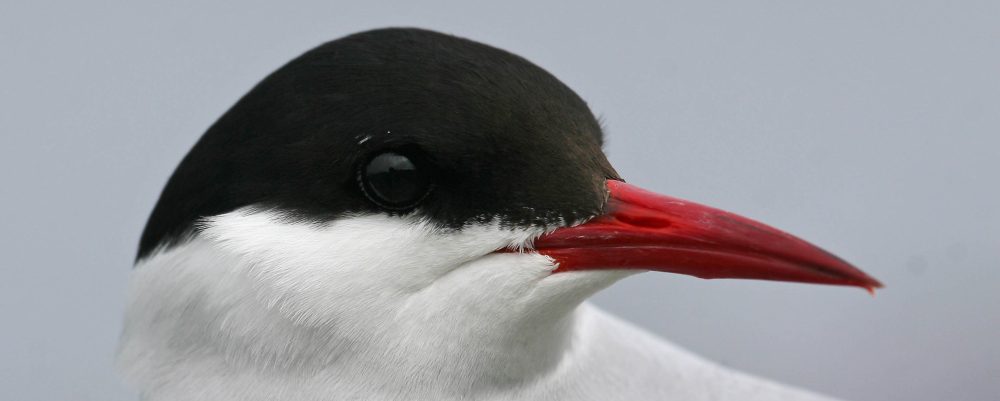A bird we have seen on our trip to the Solway each year, in varying numbers, is the Scaup. A winter visitor to our shores; although a few, and I mean a few, breed in Scotland each year. This makes them the UK’s rarest breeding duck. This one was photographed on our tour to the Solway last weekend.
Monthly Archives: Feb 2016
Laplanders
Spotty Eggs
Steve is a very unassuming chap; full of humility. He was a guest on our recent trip to the Solway for the winter geese tour.
Now, I know that Steve would never describe himself as an expert … but he is. Every Sunday he dedicates himself to walking the beach at Snettisham, finding and then recording all the different species of Ray, Skate and Shark egg cases he can find. Take a look at the distribution maps on the Shark Trust website and you’ll see the cluster of records around Snettisham. http://www.sharktrust.org/en/GEH_distribution
On one of our morning walks on the Solway last weekend, along the beach in front of our hotel, he picked up several egg cases of Small spotted Catshark (Scyliorhinus canicula). He was delighted to find these as they are infrequently found around Norfolk’s coast. Citizen science at its very best.
Among the Seals
The Chris Evans of the pinniped world
What not to do at a seal rookery
Awaiting conclusion.
A knock on the window of Falcon Cottage the other day was an unexpected visit from neighbours Tom and Sam. They brought with them a sad little visitor. Sam took a female kestrel from under her coat and laid it out on the worktop. She had found it in the middle of a field, semi-moribund. As I tried to explore the breastbone for fat deposits a set of very sharp talons immediately clenched my hand. Not that moribund then! It was severely undernourished. Given it was late in the day I asked Sam to put it in a dark box in a warm place overnight. If it was still alive in the morning it needed fluids and food and should be taken for rehabilitation. We await a conclusion.
UPDATE: Sadly the young lady died overnight. Perhaps a little too weak to make it.












